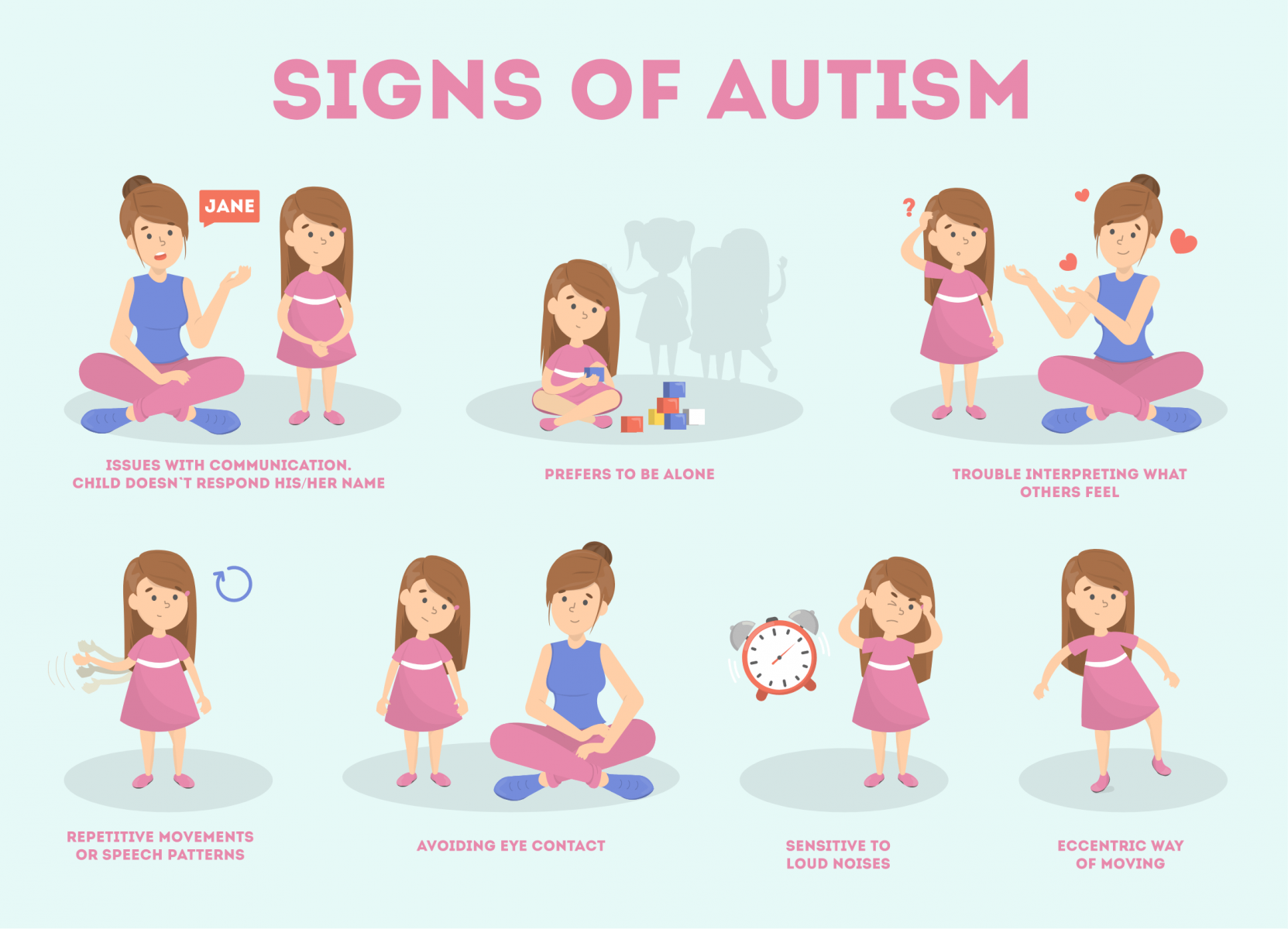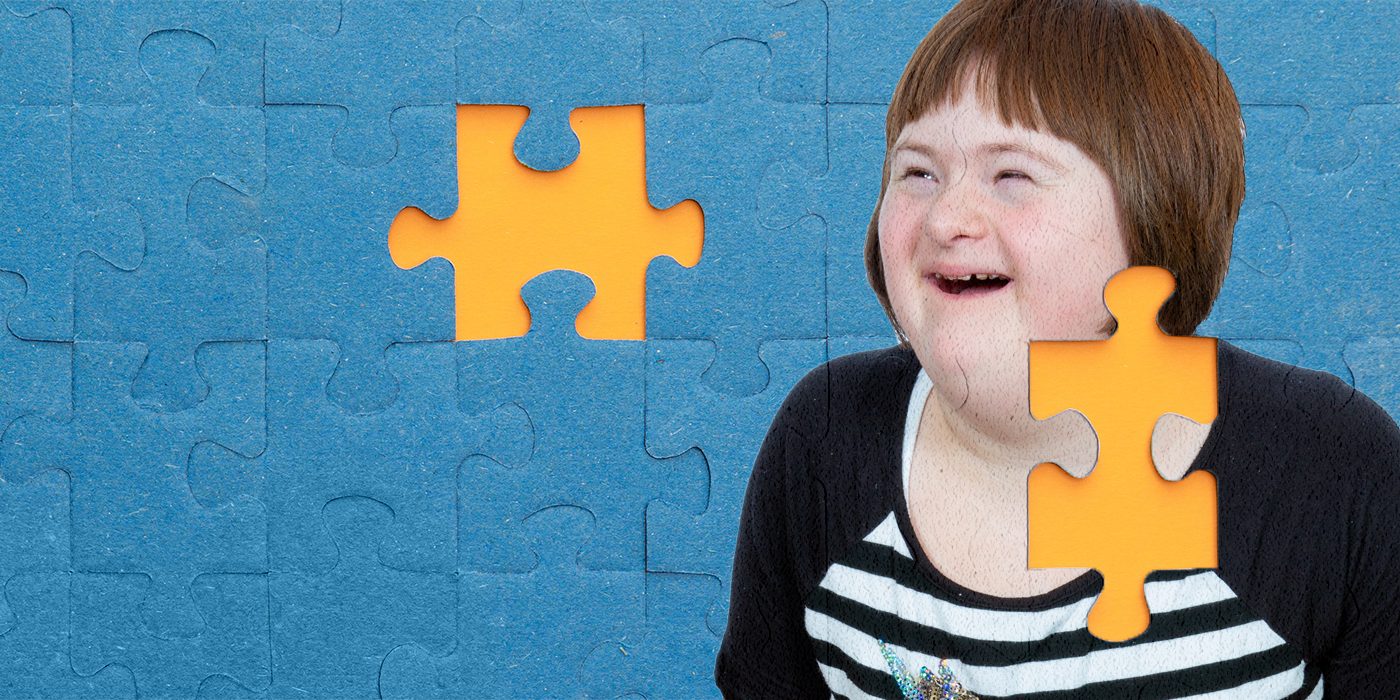Resolving Common Misconceptions: What You Ought To Find Out About Autism Today
Resolving Common Misconceptions: What You Ought To Find Out About Autism Today
Blog Article
Exploring Autism: Strategies for Effective Communication and Interaction
Effective communication and interaction with people on the autism range demand a thorough understanding of their one-of-a-kind demands and choices. Methods such as utilizing clear language, using visual supports, and fostering consistent regimens can significantly boost interaction and minimize stress and anxiety. Furthermore, acknowledging the importance of non-verbal cues and shared passions leads the way for significant connections. Nonetheless, the ins and outs of these techniques reveal more considerations that merit expedition, especially in how they can be adjusted to specific experiences and varied contexts. What might these adjustments resemble in method?
Recognizing Autism Spectrum Disorder
Autism Spectrum Disorder (ASD) incorporates a variety of neurodevelopmental conditions characterized by difficulties in social communication, interaction, and repeated habits. The term "range" mirrors the varied indications and varying degrees of extent experienced by people with ASD. While some might show substantial problems, others may present high-functioning attributes, enabling better freedom in every day life.
The onset of ASD commonly occurs in very early youth, with signs typically recognizable by age 2. Very early indications might include postponed speech advancement, restricted eye contact, and difficulties in comprehending social hints. The precise etiology of ASD remains vague, research study recommends a mix of environmental and genetic elements plays an important function in its advancement.
Individuals with ASD frequently possess one-of-a-kind strengths, such as enhanced attention to information and phenomenal memory abilities. They might struggle with comprehending abstract principles and taking care of changes to routine - autism. Because of this, treatments and assistance customized to individual requirements are important for fostering communication and social skills. Acknowledging the intricacy of ASD is crucial for advertising awareness, acceptance, and reliable approaches that help with meaningful interactions with individuals on the spectrum.

Value of Clear Interaction
Efficient interaction is essential for promoting understanding and connection, particularly for individuals with Autism Spectrum Condition (ASD) Clear interaction not only promotes social communications but also improves the individual's ability to express their demands, feelings, and ideas. For individuals with ASD, the nuances of language can often be challenging; consequently, making use of unambiguous and uncomplicated language is important.
Additionally, clear interaction helps in reducing disappointment and anxiety that might occur from misconceptions. When messages are conveyed in a direct and regular manner, people with ASD are better geared up to analyze details precisely, which can considerably enhance their social engagement and participation in different settings.
Developing regimens and making use of aesthetic assistances can further bolster clear interaction. These techniques offer individuals with predictable structures that aid understanding and retention of details. Additionally, proactively being and listening patient throughout communications advertises an encouraging setting where individuals with ASD feel valued and recognized.
Eventually, prioritizing clear communication not just equips individuals with ASD however additionally fosters more meaningful connections with their peers, caretakers, and the wider area, leading the means for comprehensive communications and collective relationships. - autism
Non-Verbal Interaction Techniques
Communication expands past words, and for people with Autism Range Problem (ASD), non-verbal signs play a substantial function in interactions. Non-verbal interaction strategies can consist of faces, motions, body movement, and eye call, every one of which function as vital components for communicating feelings and purposes.
Understanding and interpreting these non-verbal signals can enhance interactions with individuals with ASD. A cozy smile or open stance can develop an inviting ambience, encouraging involvement. In a similar way, using visual aids-- such as image cards or icons-- can connect communication voids and aid share messages a lot more effectively.
It is additionally important to be mindful of personal space, as individuals with ASD might have various comfort degrees pertaining to distance. Observing their responses to physical nearness can notify appropriate modifications.

Developing Helpful Environments
Developing a supportive atmosphere is vital for fostering positive communications and improving the health of people with Autism Spectrum Condition (ASD) Such environments can significantly minimize anxiety and produce a sense of safety, enabling people to reveal themselves extra openly.
To achieve this, it is vital to take into consideration his response sensory level of sensitivities that individuals with ASD might experience. Changing the physical area to consist of soft lights, minimal background noise, and comfortable seating can create a soothing environment. Furthermore, making use of consistent regimens and clear visual routines can help individuals expect transitions and minimize unpredictability, further promoting comfort.
Social spaces should be structured to decrease overwhelming stimulations while giving opportunities for interaction in recommended tasks. Assisting in locations designated for peaceful time can likewise work as a refuge during minutes of tension. Notably, integrating components of choice equips people, allowing them to exercise agency in their setting.

Encouraging Social Communications
Cultivating social interactions amongst people with Autism Range Disorder (ASD) requires willful methods that focus on convenience and interaction. Developing foreseeable regimens can aid lower anxiety, making social settings more approachable. Developing structured settings with defined responsibilities and functions permits individuals to engage without the frustrating stress of unstructured social dynamics.
Integrating passions and strengths into social tasks can act as a catalyst for interaction. For instance, arranging group activities around shared pastimes or subjects of attraction can facilitate natural discussions and links. Furthermore, utilizing aesthetic assistances, such as pictorial timetables or social scripts, can help in recognizing social cues and expectations.
Modeling appropriate social behaviors is essential - autism. Peers and grownups need to demonstrate effective communication methods, consisting of energetic listening and turn-taking. Role-playing circumstances can also provide a safe space for people to exercise these abilities
Lastly, fostering peer connections via inclusive practices is important. Motivating inclusive playdates or group trips can produce possibilities for socialization in a comfortable setting. By executing these educators, approaches and caregivers can dramatically enhance social communications for people with ASD, advertising their overall social development and health.
Final Thought
In conclusion, efficient interaction and communication strategies are necessary for sustaining individuals with Autism Spectrum Problem. Inevitably, these strategies equip people with autism to browse social landscapes, advertising their overall Our site well-being and allowing the growth of lasting relationships.
Efficient interaction and communication with individuals on the autism spectrum require a detailed understanding of their one-of-a-kind needs and preferences. Clear communication not just assists in social communications but likewise boosts the person's ability to reveal their demands, feelings, and ideas.Promoting social interactions among individuals with Autism Range Problem (ASD) needs deliberate approaches that focus on comfort and interaction. By executing these instructors, approaches and caregivers can dramatically improve social interactions for people with ASD, advertising their general social development and well-being.
In verdict, efficient communication and communication approaches are essential for try here sustaining people with Autism Spectrum Disorder.
Report this page